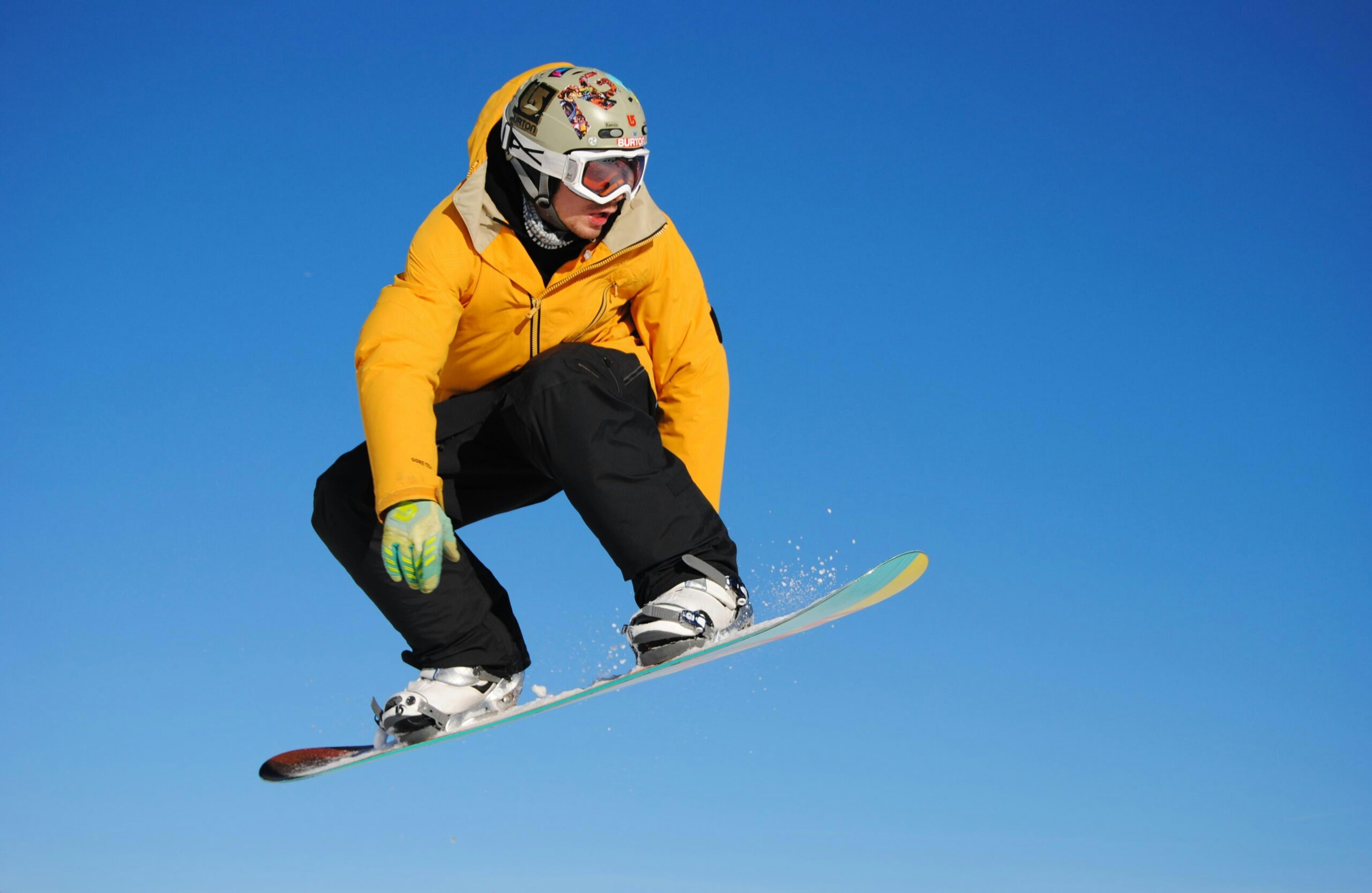
Snowboarding is one of the most thrilling winter sports, attracting beginners eager to experience fresh powder and mountain adventures. Before racing down the slopes, new riders should focus on building a strong foundation. Understanding how to strap into your snowboard, adjust your bindings, and practice on flat ground helps reduce frustration and boosts confidence. These early steps prepare you for smoother progress once you hit beginner-friendly slopes.
Equally important is developing confidence in your posture. Keep your knees slightly bent, your weight centered, and your eyes looking ahead, not down at your board. This simple habit improves balance and prepares you for the movements needed on the slopes.
Choosing the Right Gear
Selecting the right gear can make or break your first snowboarding experience. Beginners should opt for a softer, more flexible snowboard that provides easier control and forgiveness during turns. Rental shops often offer beginner-friendly boards, which are a great option if you are just starting out. Boots should fit snugly without pinching, and bindings must be adjusted to your stance preference, whether regular or goofy.
Additionally, don’t overlook the importance of protective equipment. A certified helmet, wrist guards, and padded clothing can prevent injuries and make learning more comfortable. Goggles are also crucial since they protect your eyes from glare, wind, and snow. Taking time to get fitted properly ensures that your gear enhances your performance instead of holding you back.
Mastering Balance and Posture
Balance is the foundation of snowboarding, and maintaining the correct posture helps you stay in control. Keep your shoulders aligned with your board and distribute weight evenly across both feet. Avoid leaning too far back or forward, as this can cause falls or difficulty steering. Practicing in a stationary position first helps reinforce the correct stance.
When moving, stay relaxed and avoid locking your knees. Flexibility in your body allows smoother transitions between movements. Beginners often find that focusing on fluid motion, rather than rigid control, makes learning easier and more enjoyable.
Learning to Fall Safely
Falling is part of snowboarding, and knowing how to fall safely minimizes injury. Instead of extending your arms straight out, try to fall on your forearms or roll onto your back. This reduces strain on your wrists and shoulders. Wearing wrist guards adds another layer of protection during these early tumbles.
Before hitting challenging slopes, it’s crucial to master controlled falls in a safe practice zone. This essential training builds unshakable muscle memory, eliminates fear of falling, and equips you to handle unexpected slips with confidence. By accepting falls as a vital step in skill development, you gain the ability to recover instantly, stay mentally focused, and accelerate overall performance improvement.
Practicing Basic Turns and Stops
Once you’re comfortable with standing and gliding, learning to turn and stop is your next milestone. Start by mastering the heel-side and toe-side edges, which allow you to control direction and speed. Shifting your weight gently helps guide the board rather than forcing it to move.
Stopping is equally crucial for safety and confidence. A common beginner technique is the “falling leaf,” where you slide down while shifting edges to control momentum. Practicing this repeatedly will give you greater confidence as you progress to steeper terrain.
Building Confidence on the Slopes
Confidence comes with practice and patience. Begin on beginner-friendly slopes with gentle gradients before advancing to more challenging runs. Spending time on smaller hills allows you to practice key techniques without feeling overwhelmed.
Riding with friends or taking lessons can also accelerate your learning. Professional instructors provide valuable feedback and personalized tips to correct mistakes early on. Each session on the slopes adds to your skills, so focus on gradual improvement rather than perfection.
Final Thoughts
Snowboarding for beginners doesn’t have to feel intimidating—with the right mindset, gear, and preparation, anyone can enjoy this adrenaline-filled winter sport. By learning balance, proper posture, and safe falling techniques, you’ll quickly gain confidence and control on the slopes. Remember, consistent practice is the fastest way to progress from a novice to a skilled rider.
Whether your goal is cruising down green trails or preparing for more advanced snowboard tricks, these essential beginner snowboarding tips will help you master the slopes and maximize your fun this season. With dedication and patience, every ride brings you closer to becoming a confident snowboarder ready to tackle new challenges.